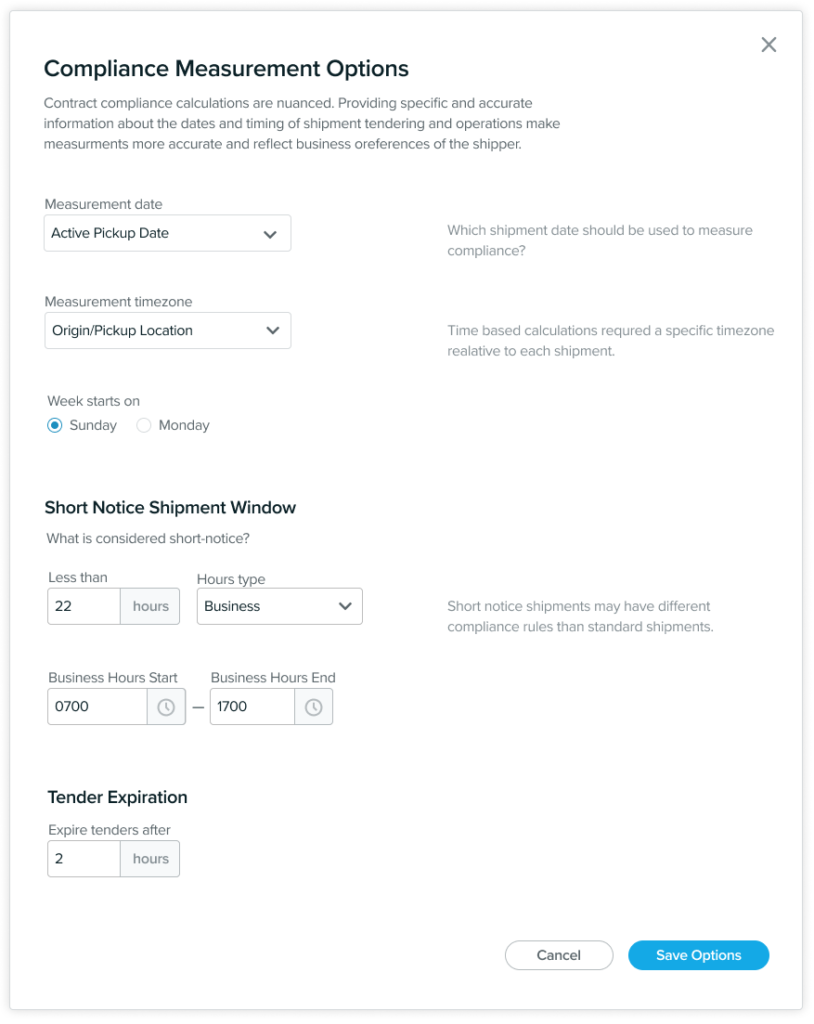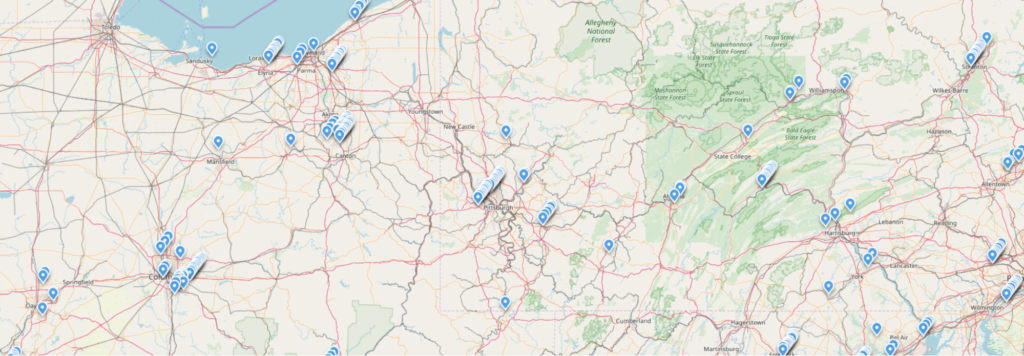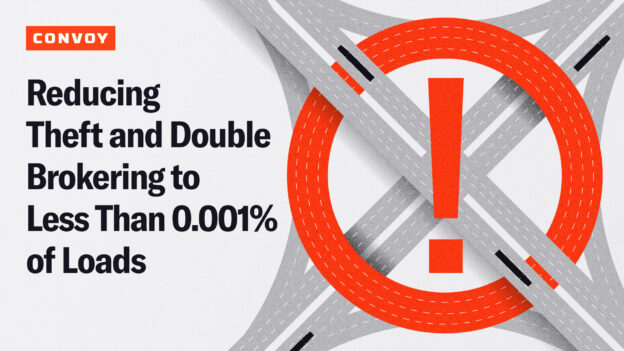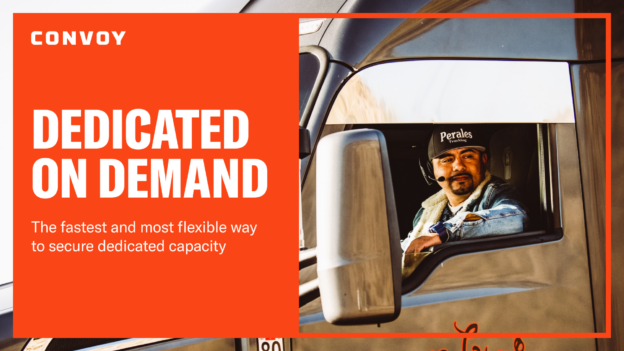RFP 2.0 Blog – Part Two: Data and Analytics
Shippers • Published on April 26, 2019
The RFP is a key part of the planning process for many high-volume shippers. In this three-part series, we’re going to show how Convoy is providing a unique and better way to get the most out of the chaotic freight RFP process. Please read RFP 2.0 – Improving the Shipper RFP Experience for the introduction and Think Beyond the Lane for part one of this series.
Given the growing importance of technology throughout the logistics supply chain, the use of data and analytics is expected at every stage of the process. Below, we cover a few areas that we consider as part of the RFP 2.0 experience.
Start with a full suite of data
There is no shortage of data to use. The key is finding and sharing what matters most to you, the shipper. Whether it’s on-time pickup, on-time delivery, or specific insights on shipper facilities, this full menu of data is available to our shippers, and we tailor what we provide based on your needs.
Additional data we offer includes alerts when delays occur, carrier reviews and ratings, and post-mortem insights on facilities that have experienced challenges (more on that further down).
Look at tender acceptance
When you tender a load, you never want to think about whether it will be accepted or rejected. Rejection means you have to send out a new tender, and costs can go up since there’s less time to meet the deadline.
This is why shippers traditionally establish benchmarks of tender acceptance levels for their carriers, and our data can help you understand if your carriers are meeting your benchmarks. While it can be difficult to add up all the data so you know if a carrier is truly complying with the minimum acceptance rate, this is a vital data point and Convoy provides real-time visibility into tender compliance on all RFP lanes.
Convoy provides a variety of views for this information, from the facility-level to the lane-level and, of course, the program overall. The grouping of lanes for this data can also be based on three-digit zip, city, facility, or a combination of these. This granularity ensures that we provide reporting and hit benchmarks that are important to the shipper.
Note that because Convoy’s tender acceptance is so high (more on this in the third part of this series), a shipper may also find that this analysis and granularity is more helpful when looking at other carriers in their network. We can help with that view of data as well.

Look for opportunities by mapping your shipments
Given the continuous collections of mobile app data, there is a tremendous volume of data around delivery routes. This data can be plugged into mapping systems to plot out lanes and find patterns that can result in cost savings. As discussed in part one of this series, we aim to bundle lanes together when bidding to provide the most impact for the program overall.
At Convoy, we not only monitor the RFP lanes, but we also track all other lanes we are running for a shipper, even those from the spot market. We can also look at our traffic for similar lanes to come up with ideal bundles. We can then provide new (and better) rates for our shippers, saving them even more from the spot market.

Focus on facility ratings
Feedback from the carriers themselves is incredibly valuable to shippers. Beyond wait times and associated detention costs, Convoy shares individual ratings and comments for every facility our drivers pick up from and deliver to for each shipment.
Using this data, we build reports and run analysis to highlight excellent facilities and identify challenge points, often revealing cost-effective ways to have a big impact. In one example of a highly rated facility, carriers reported that they really loved and appreciated the fresh coffee. The shipper was able to take that feedback and ensure fresh coffee was available in all their facilities.
With our geofencing, we can also track wait times with near 100% reliability. For one shipper, we showed a facility where the wait time was egregious and where that wait time was impacting carriers’ perception (and desire to ship there). Within two months, they cut the wait time in half, which led to higher driver ratings and an overall cost savings of 2% across all Convoy loads.
Conclusion
The data and analytics we have is impactful, especially when mapped to your specific needs. These insights help inform our responses to your RFP while providing additional insights once you’re on our platform. Whether it’s around tender compliance, mapping/lane strategy, facility improvements, or other areas, the data we provide can help you move faster and with more precision.
In our next and final installment, “Part Three – Creating a Predictable Future,” we will discuss the importance of commitments in making the most of your RFP strategy.
Let’s talk!
Interested in learning more? We look forward to helping you maximize efficiencies throughout your transportation network by leveraging data and insights.
Shippers – to learn more about shipping with Convoy, visit the shipper hub or contact us at (206) 971-1237.
Carriers – to learn more about hauling with Convoy, visit the carrier hub, or contact us at (206) 202-5645.
Read Convoy’s Guide to Developing a Freight Transportation Strategy.



